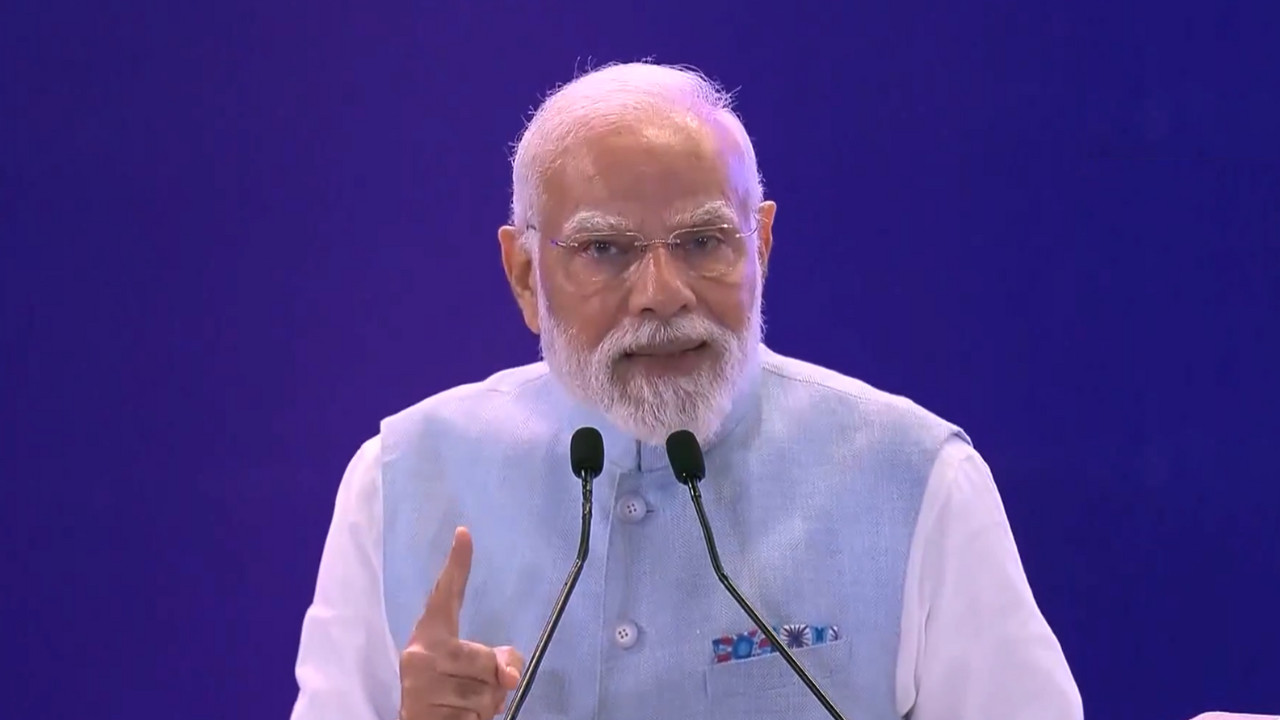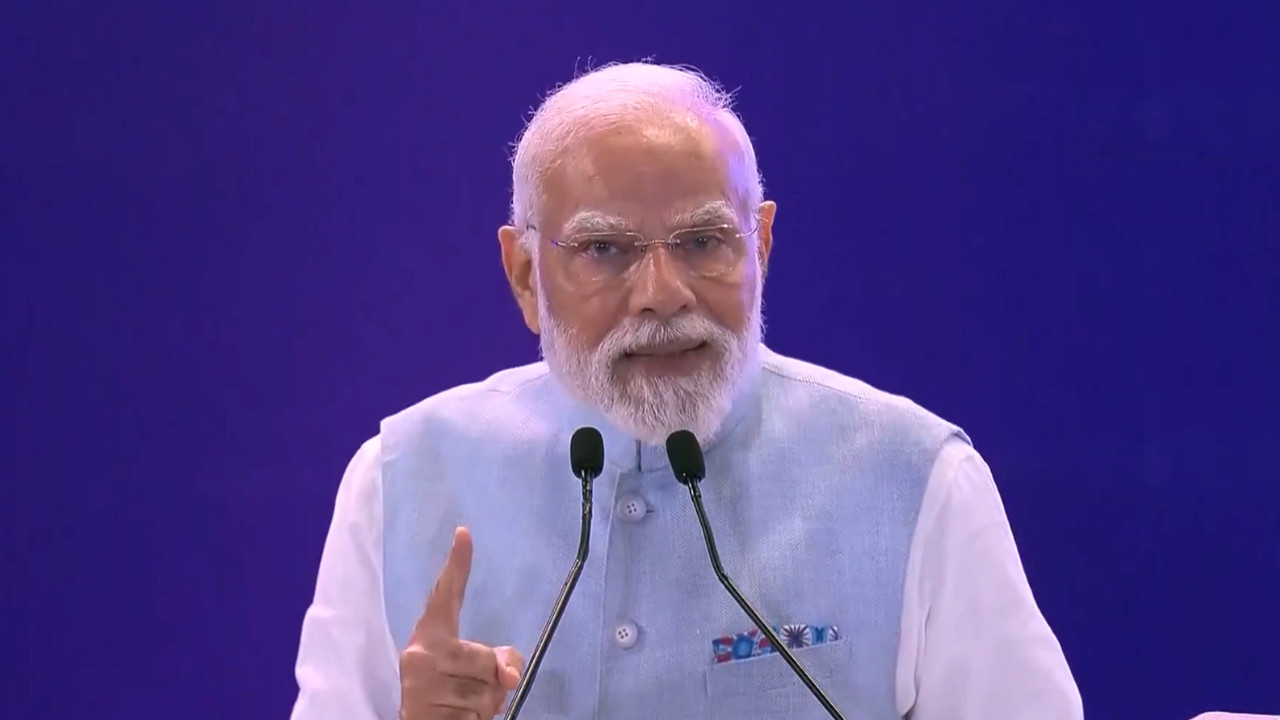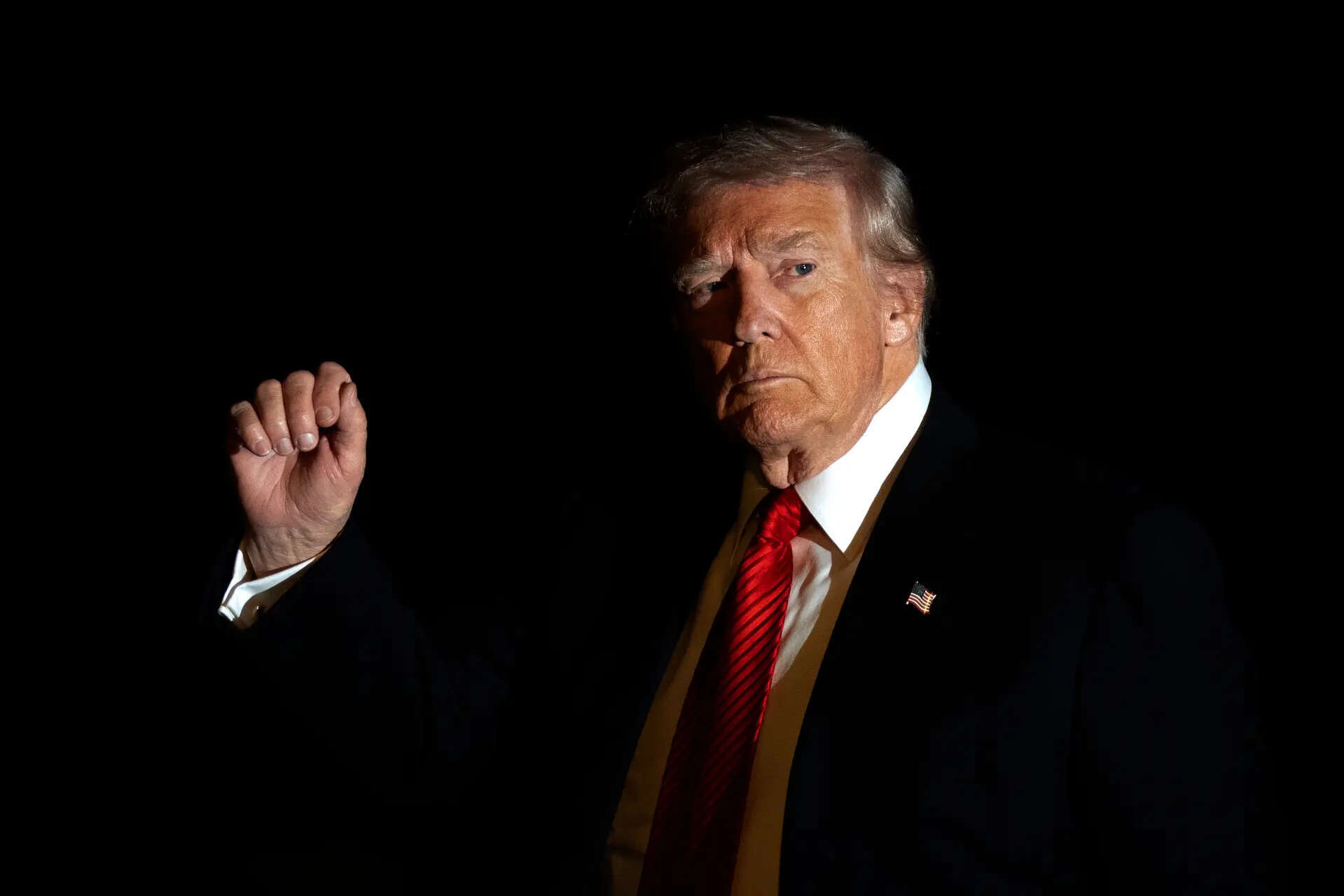India and the UK are poised to sign a free trade agreement, potentially unlocking significant tariff reductions and benefits for service sectors. The UK will grant duty-free access to 99% of Indian goods, boosting exports like textiles and engineering products. India will reduce tariffs on British whisky, cars, and other items.
Charting a New Course: Decoding the India-UK Free Trade Agreement
After years of negotiation, the India-UK Free Trade Agreement (FTA) is finally on the horizon, promising a seismic shift in the trade winds between these two historical partners. Forget incremental changes; this is about re-writing the rules of engagement and unlocking a wave of opportunities for businesses and consumers on both sides of the globe. But who really stands to gain, and what does this all mean in plain English? Let’s dive into the detail.
A Tariff Tango: What Gets Cheaper?
The heart of any FTA lies in the reduction or elimination of tariffs – those pesky taxes on imported goods. The India-UK agreement promises a deep slash to these barriers, meaning a whole range of products are about to become significantly more affordable. For Indian consumers, this could translate to cheaper Scotch whisky (a major win for some!), automobiles, and certain machinery. British consumers, on the other hand, can look forward to more competitively priced Indian textiles, agricultural products like mangoes and basmati rice, and even footwear.
The agreement phases in tariff reductions over time, allowing industries to adapt. Some tariffs will disappear immediately upon implementation, while others will be gradually reduced over several years. This staged approach is crucial for ensuring a smooth transition and minimizing disruption to domestic industries. The long-term aim is clear: to foster a more dynamic and competitive trading environment.
Jobs, Jobs, Jobs: The Employment Effect
Beyond just cheaper goods, the FTA has the potential to be a significant engine for job creation in both countries. Increased trade volumes inevitably lead to greater demand for labor, and that’s exactly what policymakers are hoping for. In India, sectors like textiles, leather goods, and food processing, all of which are expected to see a surge in exports, are likely to experience a boost in employment.

On the UK side, the agreement could create opportunities in sectors like financial services, technology, and advanced manufacturing, as they gain easier access to the vast Indian market. One often overlooked aspect is the potential for increased investment. As trade barriers fall, companies are more likely to invest in production facilities and other operations in both countries, further fueling job growth. This two-way flow of investment is a key indicator of a successful FTA.
Opening Doors: Market Access and Investment
The FTA isn’t just about tariffs; it’s also about opening doors to new markets and encouraging investment. This means making it easier for companies to do business across borders, reducing bureaucratic hurdles, and creating a more predictable regulatory environment. For Indian businesses, gaining preferential access to the UK market is a huge advantage, allowing them to compete more effectively with companies from other countries. Similarly, British companies will find it easier to establish a foothold in India’s rapidly growing economy.
The agreement also includes provisions on intellectual property rights, ensuring that companies’ innovations and creative works are protected. This is particularly important for sectors like pharmaceuticals and software, where intellectual property is a crucial asset. Stronger intellectual property protection encourages innovation and investment, ultimately benefiting both economies. In addition, the agreement also covers service trade, digital trade, and government procurement.
Navigating the Fine Print: Challenges and Considerations
While the FTA holds immense promise, it’s not without its challenges. Some industries in both countries may face increased competition, requiring them to adapt and innovate. Small and medium-sized enterprises (SMEs) may need support to navigate the complexities of international trade.
Moreover, there are environmental and labor standards that need to be carefully monitored to ensure that increased trade doesn’t come at the expense of sustainability and worker rights. Regular reviews and consultations will be essential to address these challenges and ensure that the benefits of the agreement are shared equitably. Furthermore, detailed understanding and proper implementation of the new trade regulations is key. Businesses looking to capitalize on the opportunities presented by the India-UK Free Trade Agreement will need to invest time and resources in compliance and risk management.
A Brighter Future for Trade Relations
The India-UK FTA is more than just a trade deal; it’s a statement of intent, signaling a commitment to closer economic cooperation between two of the world’s major economies. The India-UK FTA has the potential to reshape trade patterns, stimulate economic growth, and create opportunities for businesses and individuals on both sides of the globe. By lowering barriers to trade, encouraging investment, and promoting innovation, the agreement could usher in a new era of prosperity for both India and the UK. It’s an exciting time, and the coming years will be crucial in realizing the full potential of this landmark agreement.
Don’t miss out on these insights on other trade pacts and how they impact businesses.







